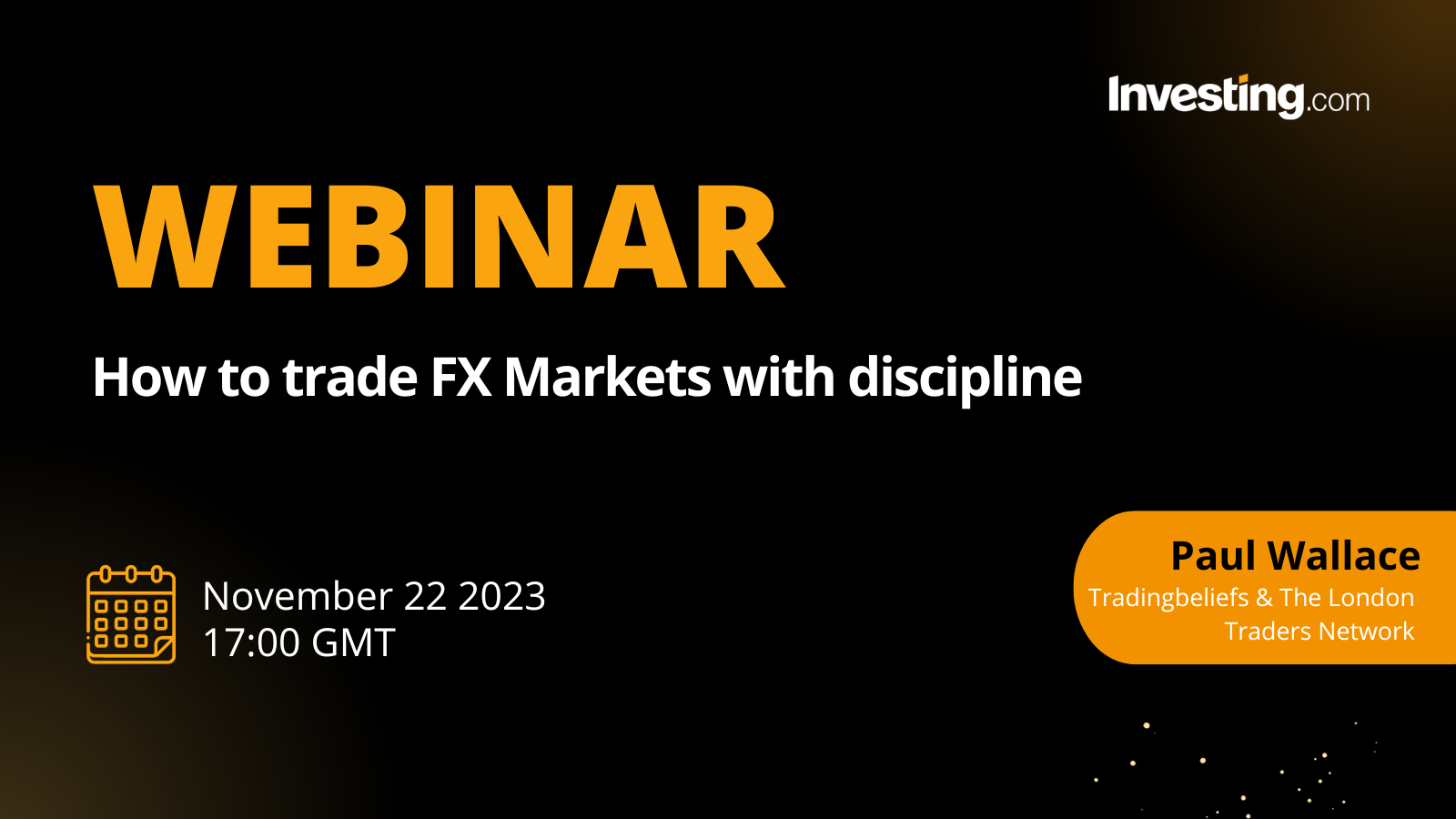- USD: Bouncing around
- EUR: No news is good news
- GBP: Softening on the crosses
- BRL: Focusing on the fiscal
USD: Bouncing around
The dollar is drifting higher as investors continue to assess whether the large drop on Tuesday was the start of something meaningful or just more noise in an uncertain environment. We have heard a couple of Federal Reserve speakers still holding out the risk of a further hike, but for the time being, US money markets seem pretty confident that the Fed cycle is over and have now priced 90bp of easing in 2024. Yesterday's release of US October retail sales failed to kindle this week's dollar bear trend and the Senate's support for a stopgap funding bill has removed the risk of a dollar bearish government shutdown at midnight on Friday.
Where does that leave us? Confidence that the Fed tightening cycle is over should be positive for the rest of the world currencies - especially those that are very sensitive to higher interest rates. Yet with overnight rates in the US at 5.4%, the dollar is an expensive sell and the bar is high to invest elsewhere. That is why - as we conclude in our 2024 FX Outlook: Waiting for the tide to come in - the dollar bear trend is going to take some time to build and its more intense period may not be until 2Q24.
For today, the focus will be on the weekly jobless claims data and industrial production. Any spike in jobless claims could hit the dollar. We also have a few Fed speakers today - most from the hawkish end of the spectrum.
Look for DXY to trade in something like a 104.00-104.85 range for the short term.
EUR: No news is good news
Perhaps helping the euro this week has been the lack of key eurozone data. Over the last couple of months, eurozone data releases have pulled the rug from under any emerging EUR/USD rally and have emphasised the pessimism in this trading bloc. Looking at the calendar, we cannot see any important releases until the November PMIs next Thursday. This suggests EUR/USD could hang onto this week's gains for a few more days.
We could see a 1.0800-1.0900 range develop over the next few days and certainly, a move back under the 1.0765 area would undo all of this week's positive developments. In terms of the bigger picture, we doubt EUR/USD will lead next year's dollar bear trend. And we favour benchmark cross rates, such as EUR/AUD to come lower. Before that, however, we currently forecast EUR/USD staying quite steady - not far from current levels - into year-end.
GBP: Softening on the crosses
EUR/GBP continues to grind higher - driven we believe by the re-pricing of the Bank of England (BoE) tightening cycle into 2024. Yesterday the market moved to price the first full 25bp BoE cut in June next year and had 78bp of easing priced in by the end of the year. Having switched to forward guidance at the last BoE meeting - keeping restrictive rates for an extended period - the market will now be on the lookout for this language changing. For example, Mexico's central bank, Banxico, recently switched language from 'extended period' to 'some time' presumably forewarning the start of easing in February/March next year.
Quite a lot of BoE easing is already priced in for next year, however, meaning it is not certain EUR/GBP has to trade up to 0.8800 just yet. Cable is eating into this week's rally and could dip further unless something like today's US jobless claims disappoint.
BRL: Focusing on the fiscal
The Brazilian real is having a slightly better week. Its $2bn first-ever ESG offering has gone well, where the seven-year note was priced at a yield of 6.5% - close to an investment-grade country, according to Finance Minister Fernando Haddad. (Brazil's sovereign rating is actually three notches below investment grade on S&P's rating scale). Additionally, there seems to be some hope that Fin Min Haddad can push back some of those in the Lula administration who want to soften the nation's fiscal rule, where currently a zero deficit primary balance is the provisional target for next year.
In our 2024 FX Outlook, we do slightly prefer the Mexican peso (loose fiscal, tight monetary policy) to the Brazilian real next year. But for the short term - in listless markets - the real should perform OK.
First published on Think.ing.com.

